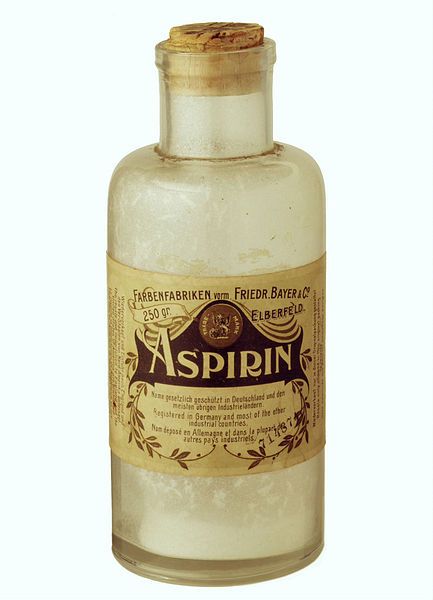Dmitri Mendeleev presents the first periodic table to the Russian Chemical Society.
Mendeleev’s most significant contribution to science was the periodic table, which he first presented in 1869. At the time, scientists had identified many different chemical elements but struggled to organize them in a meaningful way. Mendeleev proposed a system where the elements were arranged based on their atomic weights and chemical properties.
The key insight of Mendeleev’s periodic table was its periodicity — the recurring pattern of properties as one moves across the rows (periods) and down the columns (groups) of the table. He left gaps in his table for elements that were yet to be discovered, predicting their properties based on the elements surrounding the gaps. This bold move demonstrated the predictive power of his periodic table.
Mendeleev’s periodic table was initially organized by atomic weight, but it was later refined to reflect the modern understanding of atomic structure, which is based on the number of protons in the nucleus (atomic number). Despite this change, Mendeleev’s basic organizational principles remain central to the periodic table used today.
The periodic table has become one of the most important tools in chemistry, providing a systematic way to understand the properties and behavior of elements. It has also been expanded and refined over time as new elements have been discovered and our understanding of atomic structure has advanced.
Mendeleev’s work was groundbreaking not only for its scientific importance but also for its impact on the development of chemistry as a discipline. His periodic table provided a framework for organizing chemical knowledge and laid the groundwork for countless discoveries and advancements in the field. Mendeleev’s contributions to science earned him widespread recognition, and he is regarded as one of the greatest chemists in history.



